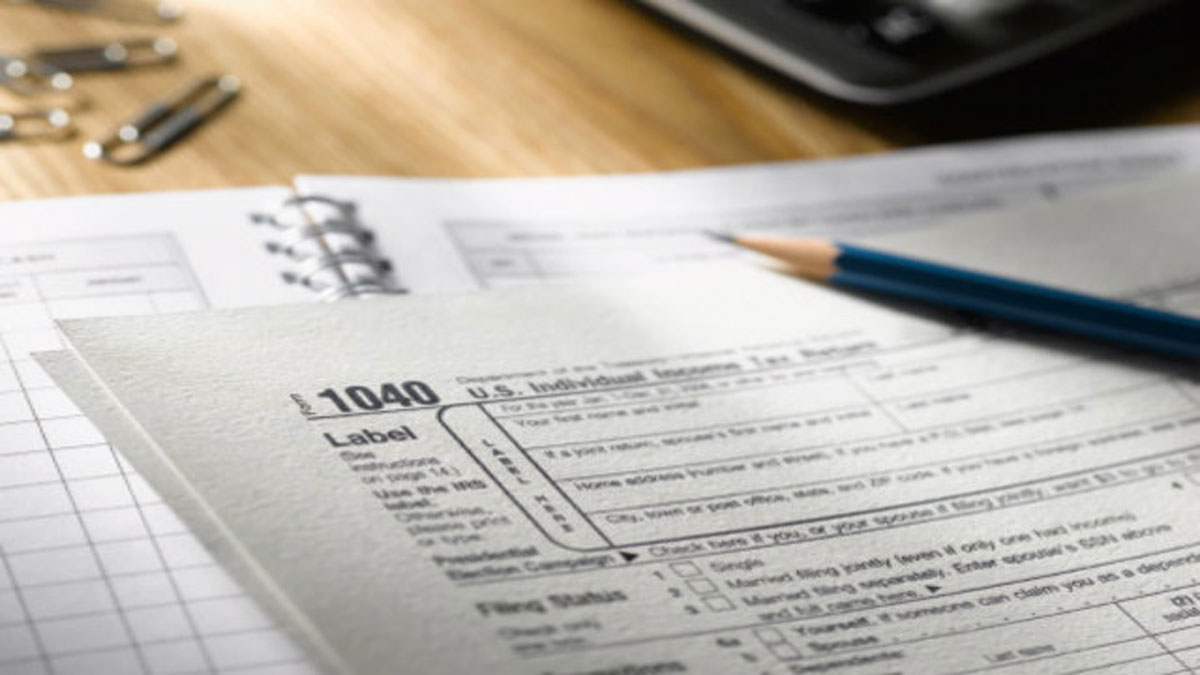The 2024 summer solstice is celebrated for being the longest day of the year, but it also means days will only get shorter from here.
While the days will get shorter, there are some common misunderstandings about what actually happens on the longest day of the year.
The June solstice, also known as the astronomical start to summer, takes place at approximately 3:50 p.m. CT June 20 in Chicago, according to timeanddate.com.
At that time, the Chicago area will see its longest day of the year, with approximately 15 hours, 13 minutes and 41 seconds of daylight -- the most we'll see on a single day this year, the site said.
MORE: Chicago's high humidity, 90-degree temperatures continue for 1st day of summer
It's also the day shadows will be at their shortest, NBC 5 Storm Team Meteorologist Pete Sack said.
This year, the event will be the earliest in more than 200 years. And, the historic moment will also be followed by another big sight in the sky -- the strawberry moon.
Local
The shortening of the days ahead will be nearly unnoticeable.
Friday, for example, will be only one second shorter than Thursday, according to timeanddate.com. By June 26, the area will see just over a minute less of daylight.
Feeling out of the loop? We'll catch you up on the Chicago news you need to know. Sign up for the weekly> Chicago Catch-Up newsletter.
That trend will continue until the winter solstice in December.
But despite the shortening of days, the summer solstice doesn't actually mean the area saw its earliest sunrise. That actually fell on June 11-17.
Meanwhile, the sun will continue to set at 8:29 p.m. in the Chicago area through July 2.
The summer solstice also doesn't mark the day the earth is closest to the sun. In fact, it's the opposite, according to the National Weather Service.
And finally, it won't mean the warmest average temperatures, which typically occur in mid-July.
So what does the solstice actually mean?
The summer solstice is the time when the sun reaches its highest and northernmost points in the sky, according to the Farmer's Almanac, marking the first day of astronomical summer.
It is also known as the day with the longest period of sunlight, or the longest day of the year - for those in the Northern Hemisphere.
While the solstice does not take place at the same time each year, it typically falls anytime between June 20-22.
"Our solstices are caused by the slight tilt in Earth’s axis in relation to the plane of its orbit," a blog from the Adler Planetarium said. "This tilt is about 23.5 degrees off-vertical. As a result, when Earth circles the Sun each year, a different half of the globe is leaning slightly towards or away from the Sun."
According to Accuweather, this year's solstice will be the earliest in 228 years, with the last time the solstice taking place this early being on June 20, 1796.
"The exact day and time of the solstice varies slightly from year to year," the publication reported.
Weather Network called the shift for 2024 "something exceptional," noting that the early solstice could also be tied to it being a leap year.
"Our calendar still remains slightly out of sync with the solar year. As a result, each leap year, the vernal equinox occurs around 40-50 minutes earlier than the previous leap year vernal equinox," the network reported.
Also of note is the fact that the spring equinox fell on March 19, marking only the second time in more than a century it has fallen on that day and becoming the earliest spring equinox in 128 years.
"Even taking into consideration that there was no daylight saving time back then, 2024's summer solstice is still earlier," Weather Network reported.
And it appears fall and winter will be similar, with the fall equinox being the earliest since 1797 and the winter solstice becoming the earliest since 1798.
Going forward, each leap year after 2024 will also see equinoxes and solstices "even earlier," Weather Network said.



